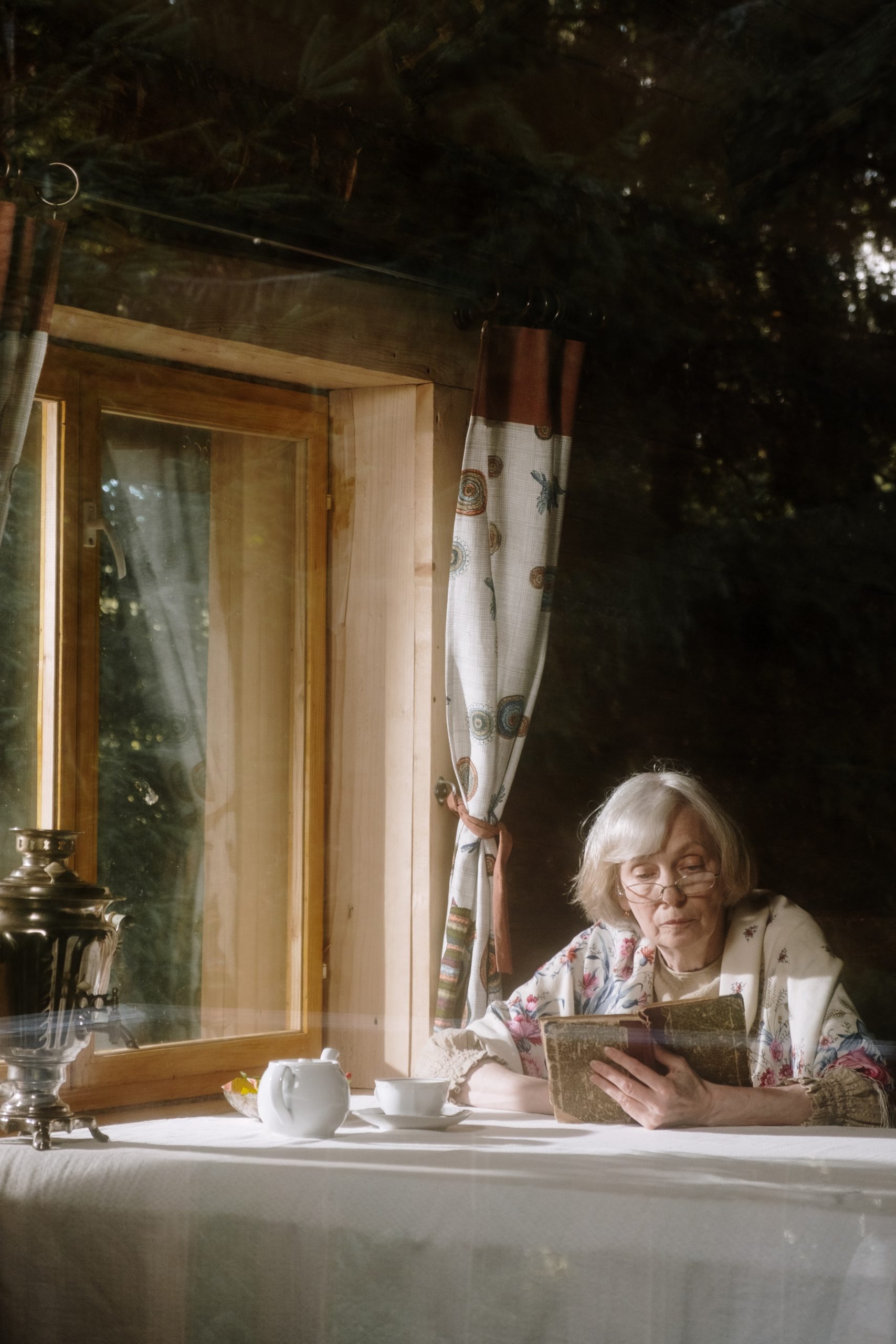Traditional Customs: Preserving and Celebrating Cultural Heritage
Cultural heritage significance
Cultural heritage refers to the customs, traditions, practices, beliefs, and values that are passed down from one generation to another within a community or society. These customs and traditions play a crucial role in defining the identity of a particular group and serve as a link to their past. They embody the history, values, and unique characteristics of a culture, and are an integral part of its overall heritage.
Preserving and celebrating cultural heritage allows individuals to connect with their roots and gain a deeper understanding of their own identity. It helps to create a sense of belonging and provides a source of pride and inspiration for future generations. Cultural heritage serves as a powerful tool to promote social cohesion, foster intergenerational bonds, and strengthen community ties.
Moreover, cultural heritage holds immense historical and educational value. It provides a window into the past, allowing us to learn about the experiences, challenges, and triumphs of our ancestors. By preserving traditional customs, we can gain insights into the evolution of our society and appreciate the progress that has been made over time.
Importance of cultural heritage
The preservation and celebration of cultural heritage hold numerous benefits on both individual and societal levels. Let's explore some of the key reasons why it is important to safeguard our traditional customs:
1. Identity and sense of belonging
Cultural heritage is closely intertwined with personal and collective identities. It provides individuals with a sense of belonging, allowing them to understand and embrace their roots. By preserving and celebrating traditional customs, communities can foster a strong sense of identity and pride among their members.
2. Cultural diversity and tolerance
Cultural heritage represents the diversity of human experiences and promotes intercultural dialogue and understanding. By valuing and safeguarding different customs and traditions, we can encourage tolerance, respect, and appreciation for the richness of cultural diversity.
3. Economic value
Cultural heritage has significant economic potential. It can attract tourists, generate revenue, and create employment opportunities. Traditional customs and celebrations often draw visitors from around the world, contributing to the growth of local economies and providing a platform for cultural exchange.
4. Education and learning
Traditional customs offer valuable insights into the history, values, and social structures of a community. By preserving and sharing these customs, we provide future generations with a wealth of knowledge and understanding. Cultural heritage can be a powerful educational tool that promotes critical thinking, empathy, and an appreciation for different perspectives.
5. Environmental sustainability
Many traditional customs are closely linked to the natural environment and contain wisdom and knowledge about sustainable practices. By revitalizing and preserving these customs, we can learn from the past and incorporate traditional ecological knowledge into our efforts to protect the environment and promote sustainability.
Cultural heritage conservation
Cultural heritage conservation involves the preservation, protection, and management of tangible and intangible cultural assets. To ensure the long-term survival of traditional customs, it is essential to implement effective conservation strategies. Here are some key aspects of cultural heritage conservation:
1. Documentation and research
Thorough documentation and research are essential for understanding and preserving cultural heritage. This involves conducting research on the history, significance, and context of traditional customs, as well as documenting oral traditions, rituals, and practices. By gathering and analyzing this information, we can develop a comprehensive understanding of the cultural heritage and make informed decisions regarding its conservation.
2. Preservation of physical artifacts
Physical artifacts, such as traditional clothing, handicrafts, and ceremonial objects, play a crucial role in cultural heritage. It is important to ensure their proper preservation through appropriate storage, handling, and display techniques. Conservation professionals employ specialized methods to prevent deterioration, such as controlled environmental conditions, cleaning, and restoration when necessary.
3. Intangible heritage preservation
In addition to tangible artifacts, intangible heritage, such as traditional music, dance, storytelling, and language, also needs to be conserved. These aspects of cultural heritage are often transmitted orally and require active participation and engagement from community members. Efforts to safeguard intangible heritage may include recording and archiving performances, promoting education and transmission of cultural practices, and supporting living heritage practitioners.
4. Engaging communities
Successful cultural heritage conservation relies on the active involvement and participation of the communities who hold the traditions. Engaging local communities fosters a sense of ownership and responsibility, ensuring that they play an active role in the preservation and revitalization of their cultural heritage. Collaborative efforts between community members and professionals from relevant fields, such as anthropology, archaeology, and cultural studies, can lead to sustainable and culturally sensitive conservation practices.
Cultural heritage preservation
Cultural heritage preservation involves the active promotion and celebration of traditional customs to ensure their continuity and vitality. Here are some strategies for preserving cultural heritage:
1. Education and awareness-raising
Raising awareness about the significance and value of cultural heritage is crucial for its preservation. Education plays a vital role in transmitting knowledge, fostering appreciation, and encouraging active engagement. Educational programs, workshops, and initiatives can be designed to promote traditional customs among younger generations, ensuring their continued practice and transmission.
2. Festivals and cultural events
Organizing festivals and cultural events is an effective way of celebrating and preserving traditional customs. These events provide a platform for communities to come together, showcase their heritage, and pass on their customs to future generations. Festivals and cultural events also attract visitors and promote cultural tourism, contributing to the local economy.
3. Supporting traditional artists and artisans
Traditional artists and artisans play a vital role in cultural heritage preservation. Supporting their work and providing opportunities for skill transmission and development ensures the continuity of traditional practices. Initiatives such as apprenticeships, grants, and marketing platforms can help traditional artists thrive and contribute to the preservation of cultural heritage.




